The Prime Minister launched ‘Pradhan Mantri Suryodaya Yojana’ with the target of installing rooftop solar on one crore houses.
About Solar Power
What is the Rooftop Solar Programme?
|
|---|
News Source: The Hindu
| Must Read | |
| NCERT Notes For UPSC | UPSC Daily Current Affairs |
| UPSC Blogs | UPSC Daily Editorials |
| Daily Current Affairs Quiz | Daily Main Answer Writing |
| UPSC Mains Previous Year Papers | UPSC Test Series 2024 |
Recently, Expedition leader Ian Strachan guided his ship through the snow and fog in the Antarctic seas to witness the majestic A23a iceberg.
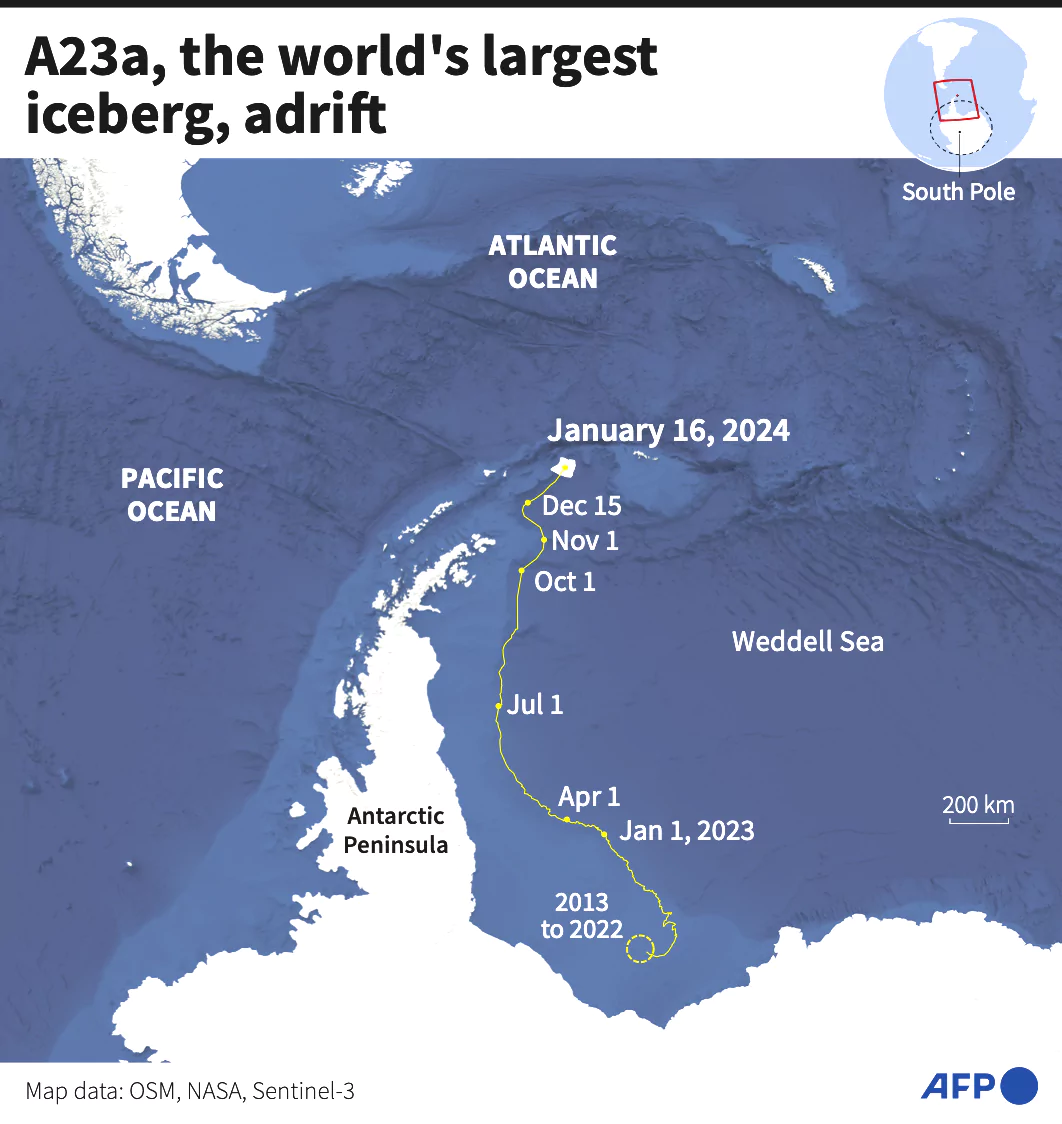
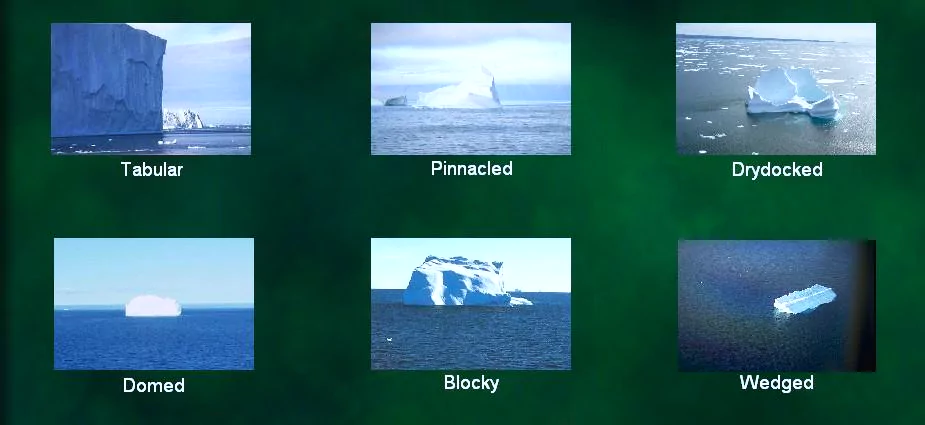
News Source: Economic Times
| Must Read | |
| NCERT Notes For UPSC | UPSC Daily Current Affairs |
| UPSC Blogs | UPSC Daily Editorials |
| Daily Current Affairs Quiz | Daily Main Answer Writing |
| UPSC Mains Previous Year Papers | UPSC Test Series 2024 |
India’s External affairs minister co-chaired the 6th Joint Commission Meeting between India and Nigeria at Abuja, Nigeria.
The Indian community in Nigeria is estimated to be about 50,000 persons, including Indian nationals and Overseas Citizens of India (OCI) card holders.
About Nigeria
|
News Source: The Hindu
| Must Read | |
| NCERT Notes For UPSC | UPSC Daily Current Affairs |
| UPSC Blogs | UPSC Daily Editorials |
| Daily Current Affairs Quiz | Daily Main Answer Writing |
| UPSC Mains Previous Year Papers | UPSC Test Series 2024 |
Vice-President of India will inaugurate ‘Hamara Samvidhan, Hamara Samman’ campaign on the eve of the 75th Republic Day of India.
Panch Pran:
|
|---|
News source: PIB
| Must Read | |
| NCERT Notes For UPSC | UPSC Daily Current Affairs |
| UPSC Blogs | UPSC Daily Editorials |
| Daily Current Affairs Quiz | Daily Main Answer Writing |
| UPSC Mains Previous Year Papers | UPSC Test Series 2024 |
The Odisha government has asked the Tamil Nadu government to deploy Kumki Elephant to handle human-elephant conflict.
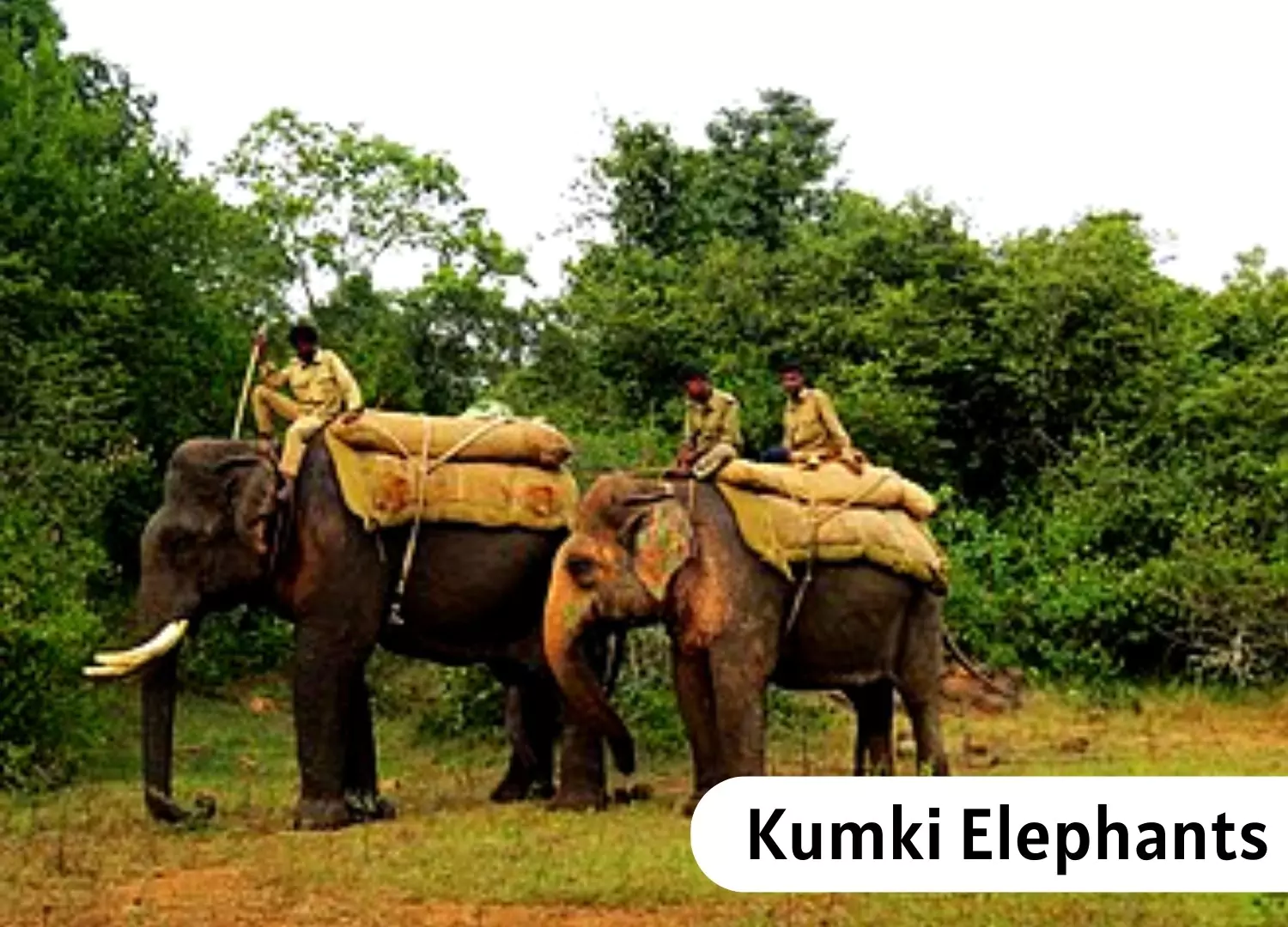
| “Kumki” comes from the Persian word “kumak,” which means “aid.” This name is used all over India, from Bengal to Tamil Nadu, |
|---|
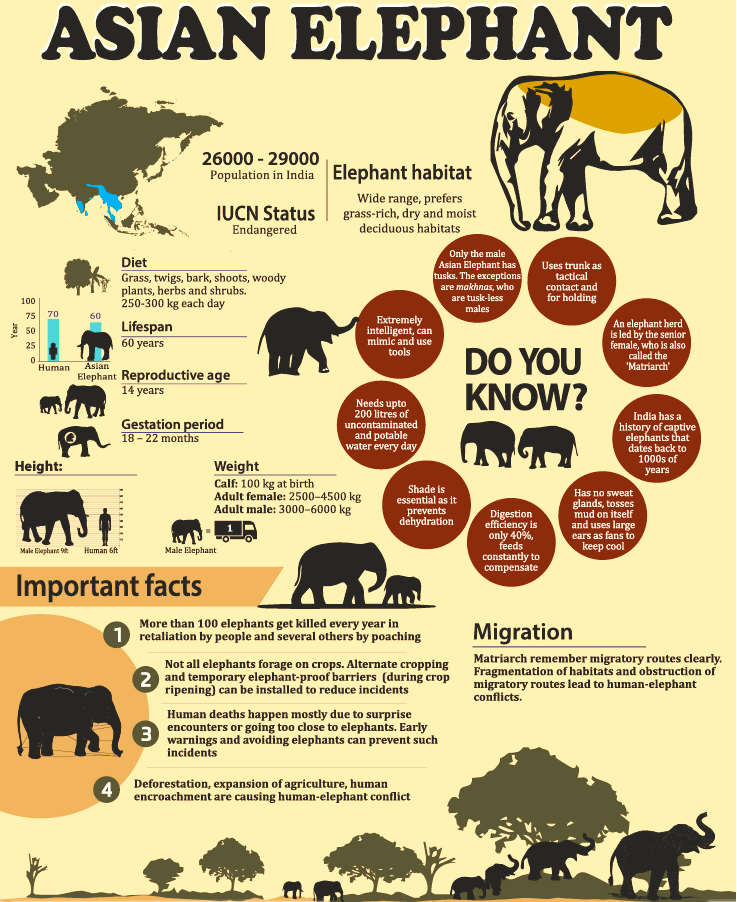
Also Read:
News Source: The Hindu
| Must Read | |
| NCERT Notes For UPSC | UPSC Daily Current Affairs |
| UPSC Blogs | UPSC Daily Editorials |
| Daily Current Affairs Quiz | Daily Main Answer Writing |
| UPSC Mains Previous Year Papers | UPSC Test Series 2024 |
Recently, RBI’ report of the Working Group on State Government Guarantees has been published.
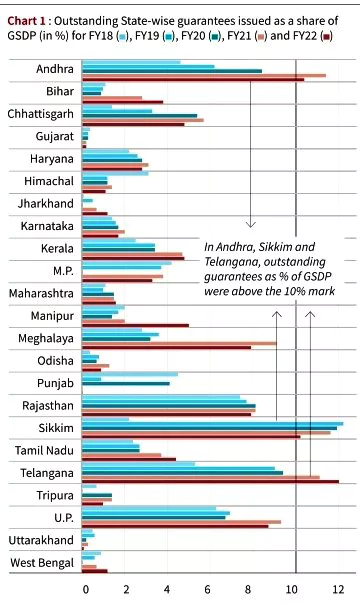
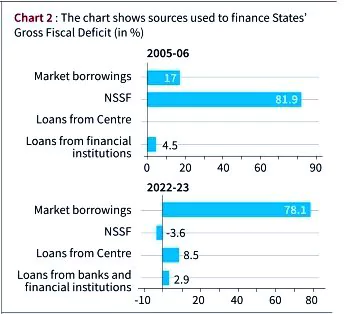
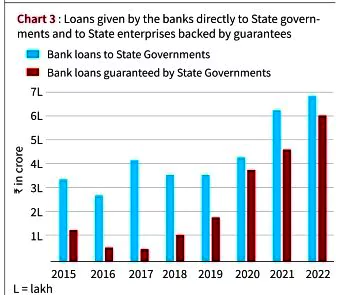
News Source: The Hindu
| Must Read | |
| NCERT Notes For UPSC | UPSC Daily Current Affairs |
| UPSC Blogs | UPSC Daily Editorials |
| Daily Current Affairs Quiz | Daily Main Answer Writing |
| UPSC Mains Previous Year Papers | UPSC Test Series 2024 |
Netaji Subhash Chandra Bose Jayanti or Birth anniversary is celebrated on January 23 every year.
About Subhash Chandra Bose Aapda Prabandhan Puraskar
About 60 Parachute Field Hospital
|
|---|

Additional Information: Netaji Subhash Chandra Bose Biography: Birth, History, Achievements, Contributions
News Source: PIB
| Must Read | |
| NCERT Notes For UPSC | UPSC Daily Current Affairs |
| UPSC Blogs | UPSC Daily Editorials |
| Daily Current Affairs Quiz | Daily Main Answer Writing |
| UPSC Mains Previous Year Papers | UPSC Test Series 2024 |
In Andhra Pradesh, Odisha, and Punjab, various government and non-governmental organizations have released mosquitofish into water bodies to handle mosquito menace.
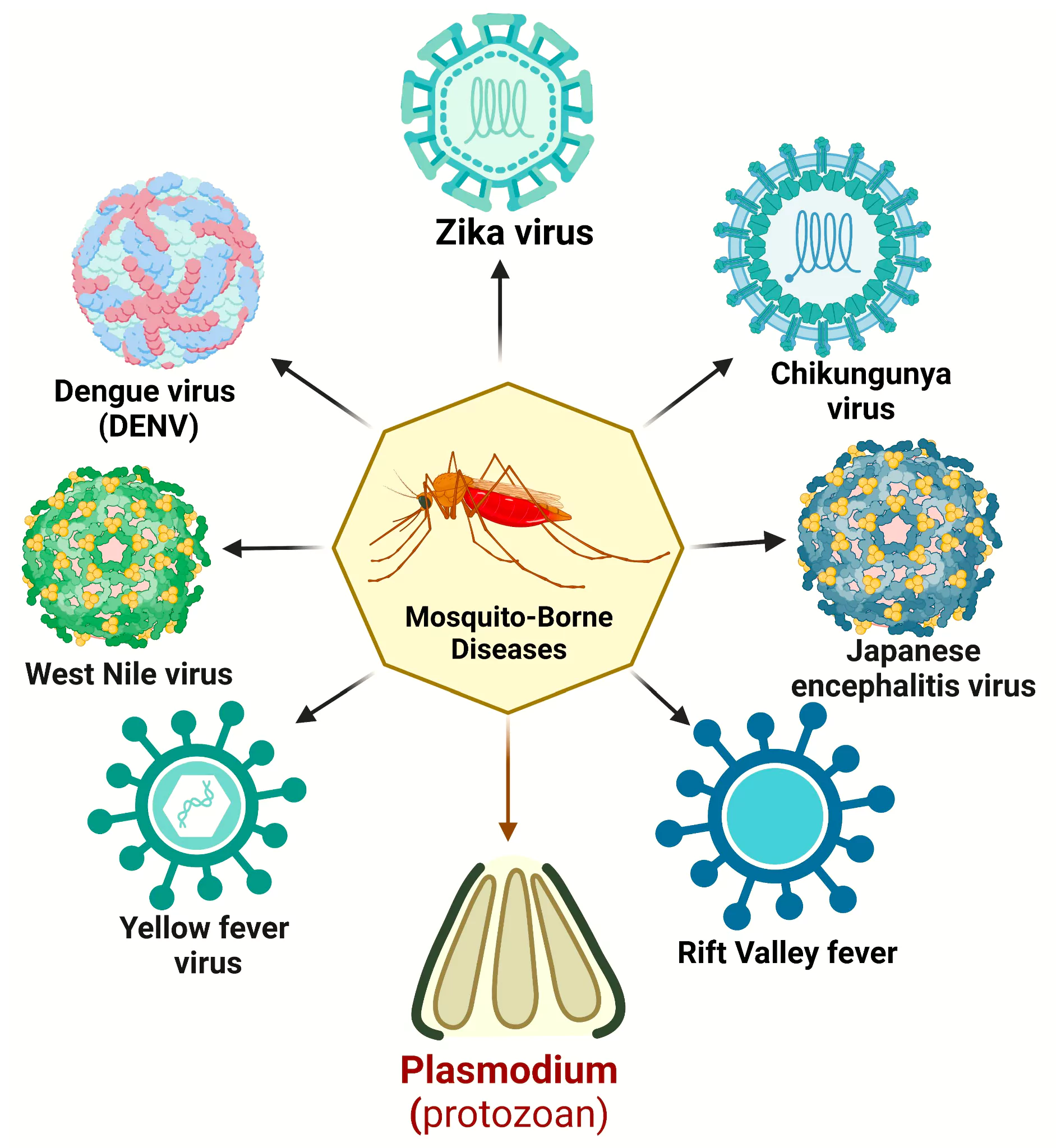
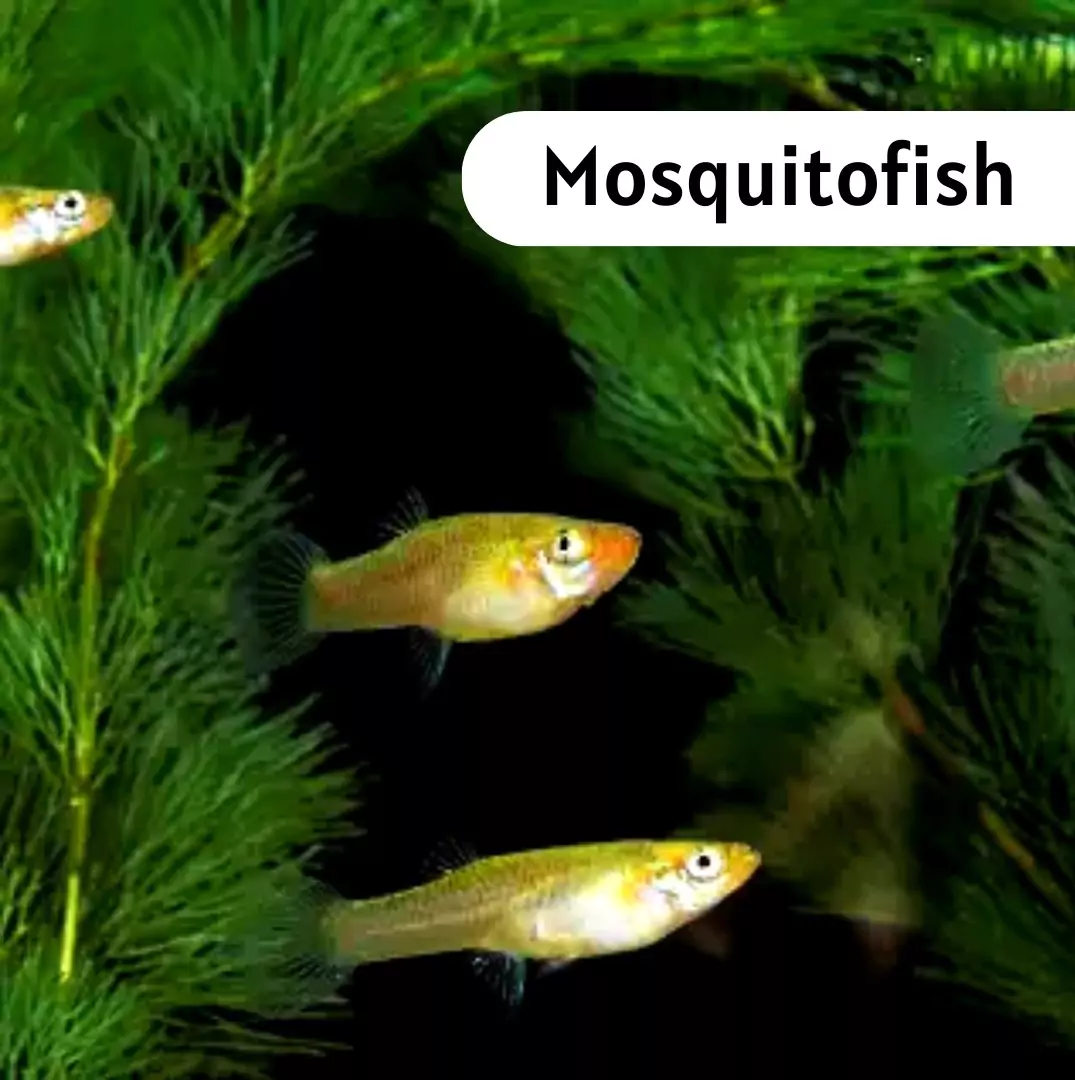 There are two species of mosquitofish, Gambusia affinis and Gambusia holbrooki.
There are two species of mosquitofish, Gambusia affinis and Gambusia holbrooki.Mosquitofish were first brought to India by the British in 1928. Later, various government and private organizations started using this method as a malaria control measure.
The Indian Council of Medical Research
|
|---|
News Source: The Hindu
| Must Read | |
| NCERT Notes For UPSC | UPSC Daily Current Affairs |
| UPSC Blogs | UPSC Daily Editorials |
| Daily Current Affairs Quiz | Daily Main Answer Writing |
| UPSC Mains Previous Year Papers | UPSC Test Series 2024 |
Russia has recently blamed Ukraine for an attack that started a fire at a gas terminal at the Ust Luga port in Baltic sea, close to Russia’s border with Estonia.
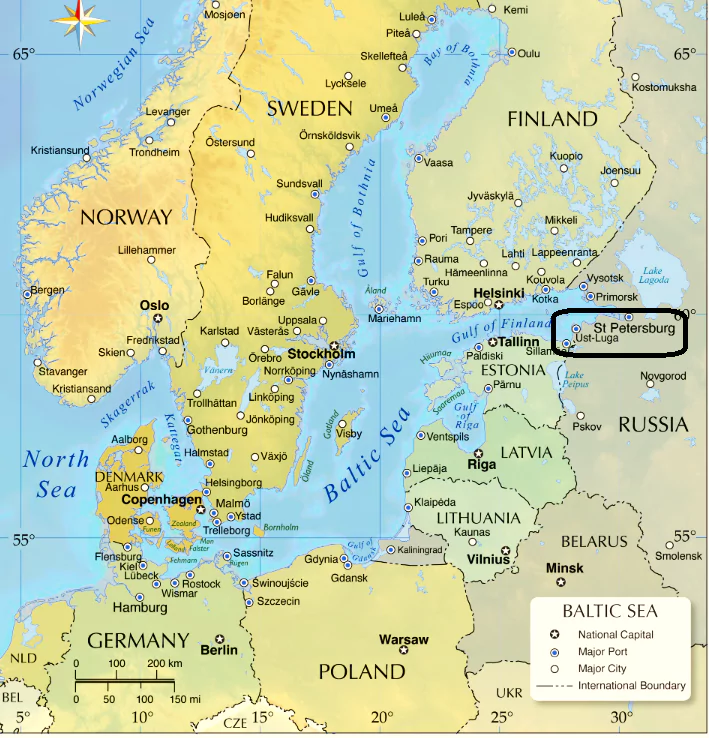
News Source: TOI
| Must Read | |
| NCERT Notes For UPSC | UPSC Daily Current Affairs |
| UPSC Blogs | UPSC Daily Editorials |
| Daily Current Affairs Quiz | Daily Main Answer Writing |
| UPSC Mains Previous Year Papers | UPSC Test Series 2024 |
Scientists at CSIR-Indian Institute of Integrative Medicine (IIIM), Jammu, have found that phytocannabinoids, a class of compounds found in the cannabis plant, possess some hitherto unexplored antibiotic properties.
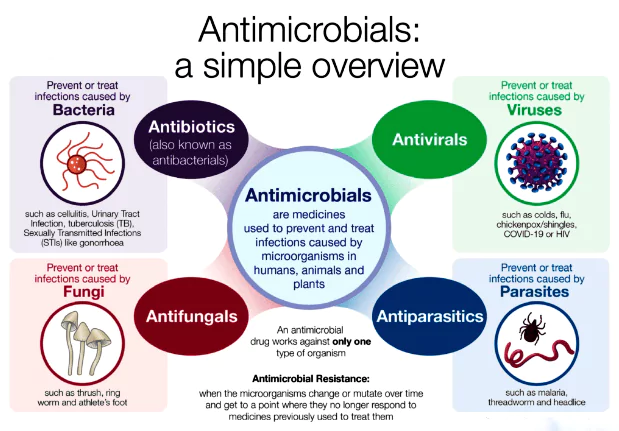
About Cannabis Sativa
|
|---|
About Antibiotics:
|
|---|
What is the Solubility Challenge?
|
|---|
Highlighting the anti-bacterial nature of cannabis, the project will go a long way towards circumventing the taboo around it and transforming it into a valuable resource.
| Must Read | |
| NCERT Notes For UPSC | UPSC Daily Current Affairs |
| UPSC Blogs | UPSC Daily Editorials |
| Daily Current Affairs Quiz | Daily Main Answer Writing |
| UPSC Mains Previous Year Papers | UPSC Test Series 2024 |
This article is based on the news “Let’s expand social security in India” which was published in the Live Mint. India needs to aspire to provide social security to all of its workforce, in a manner that is fiscally and administratively feasible.
| Relevancy for Prelim: Social Security Schemes: Pradhan Mantri Shram Yogi Maandhan, National Pension System, Old Pension Scheme (OPS) Vs New Pension Scheme (NPS), India’s Informal Economy, and Periodic Labour Force Survey Annual Report.
Relevancy for Mains: Social Security in India: Status, Legislations, Government Schemes, and Way Forward. |
|---|
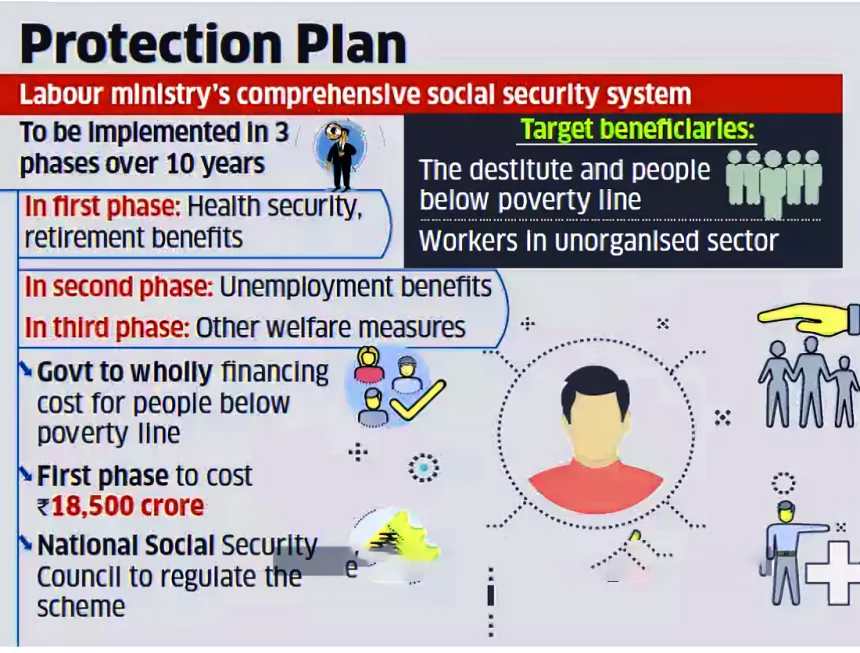
Here are some major Social Security Schemes in India;
Best Global Practices: General Social Security Scheme of Brazil
|
|---|
Employee Pension Scheme (EPS)
|
|---|
Best State Practices
|
|---|
| Must Read | |
| NCERT Notes For UPSC | UPSC Daily Current Affairs |
| UPSC Blogs | UPSC Daily Editorials |
| Daily Current Affairs Quiz | Daily Main Answer Writing |
| UPSC Mains Previous Year Papers | UPSC Test Series 2024 |
This article is based on the news “Warming up to climate change: What is the 1.5 degree Celsius threshold, and what happens when we breach it?” which was published in the Indian Express. According to NASA, the average global temperature on Earth has increased by at least 1.1 degrees Celsius since 1880.
| Relevancy for Prelim: Greenhouse Effect, Climate Change, IPCC Seventh Assessment Cycle, and Climate Change & Mitigation Strategies, and Global Climate Report 2023: By WMO.
Relevancy for Mains: Rising Earth’s Temperature: Factors, Challenges and Strategies For Mitigation of Climate Change. |
|---|
About Greenhouse Gases (GHG)
|
|---|
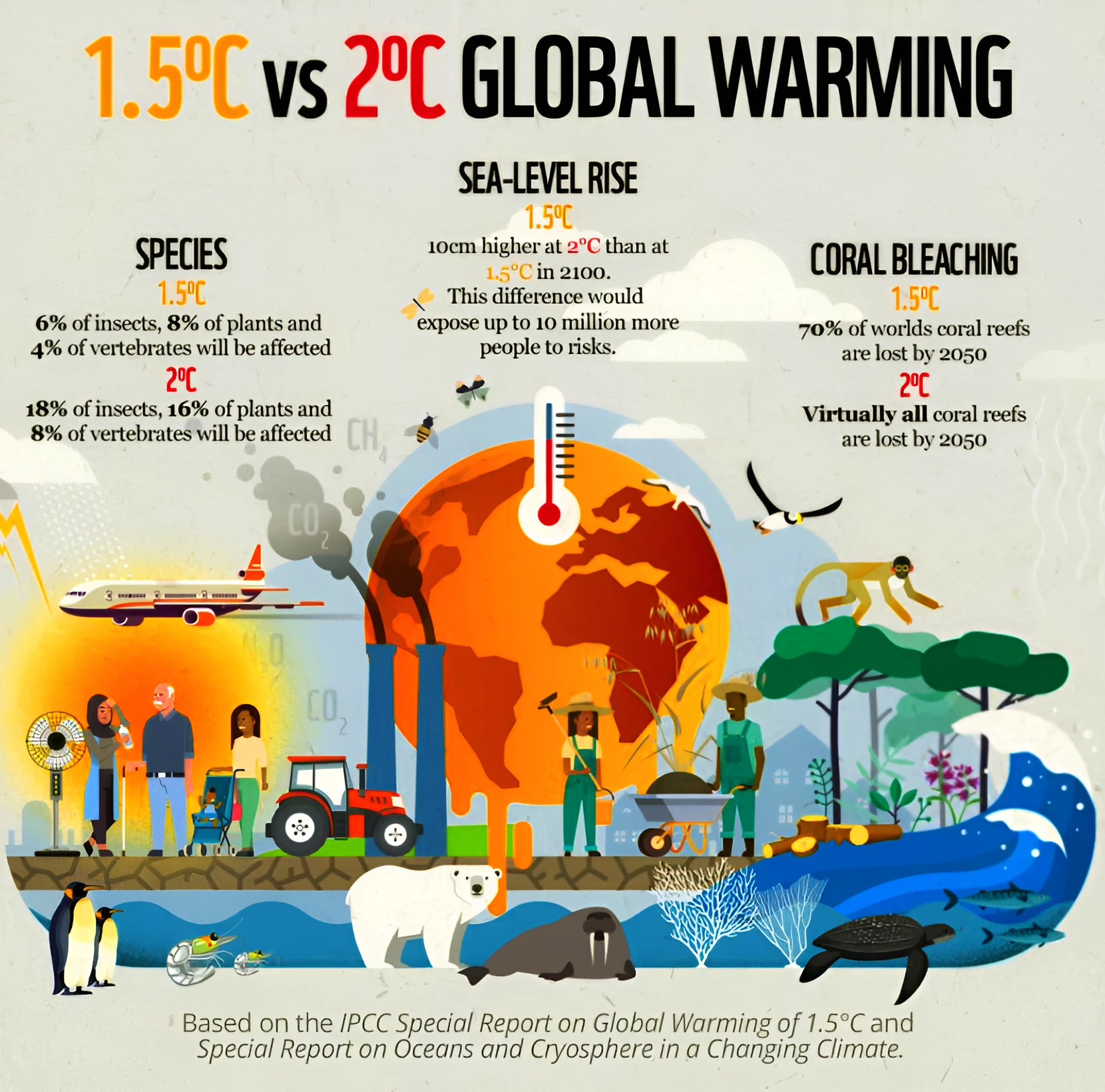
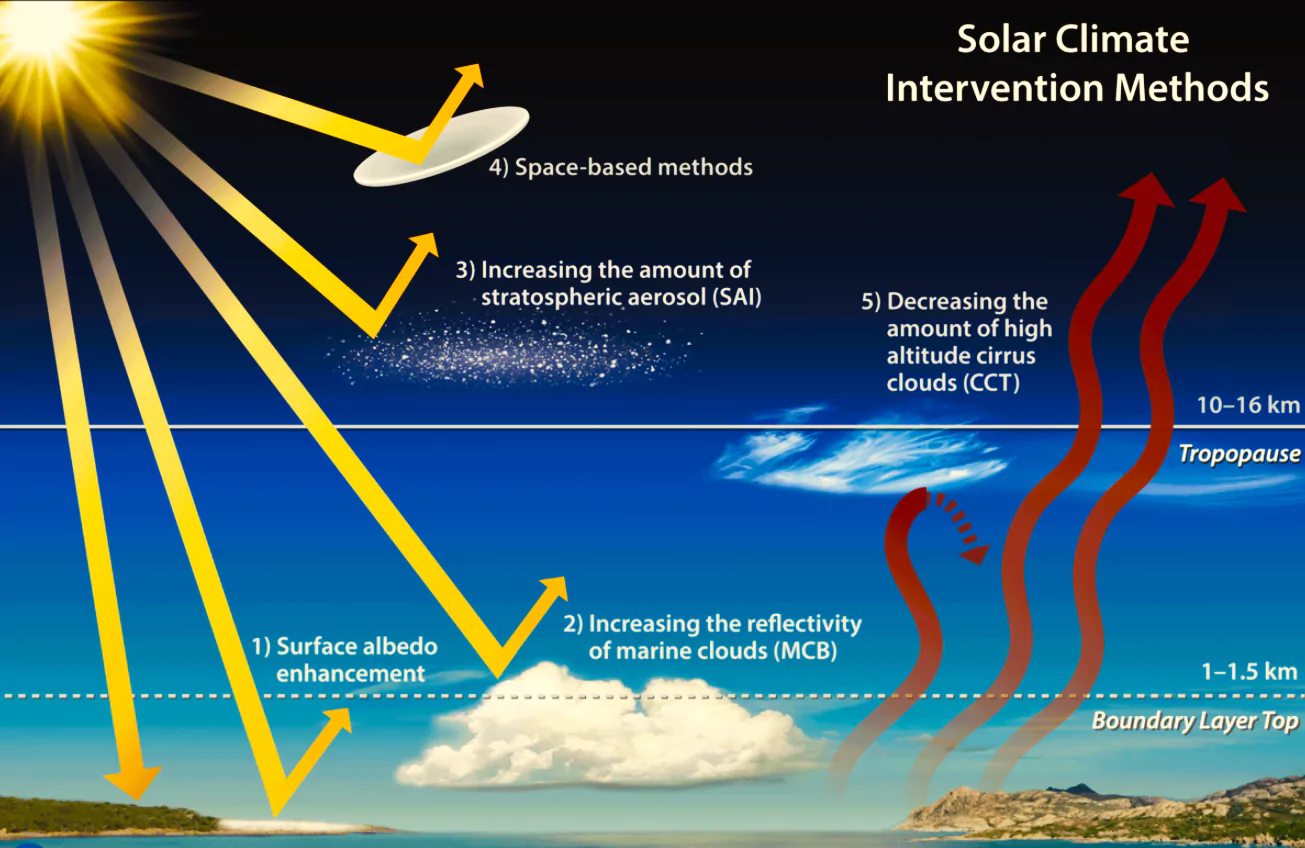 Emerging Technology to Tackle Climate Change: Technology plays a crucial role in mitigating climate change by providing innovative solutions to reduce greenhouse gas emissions and mitigate damage to the planet.
Emerging Technology to Tackle Climate Change: Technology plays a crucial role in mitigating climate change by providing innovative solutions to reduce greenhouse gas emissions and mitigate damage to the planet.Also Read:
| Must Read | |
| NCERT Notes For UPSC | UPSC Daily Current Affairs |
| UPSC Blogs | UPSC Daily Editorials |
| Daily Current Affairs Quiz | Daily Main Answer Writing |
| UPSC Mains Previous Year Papers | UPSC Test Series 2024 |
Maharashtra Withdraws GRs on Hindi as Third Langua...
Statistical Report on Value of Output from Agricul...
Skills for the Future: Transforming India’s Work...
National Turmeric Board HQ Inaugurated in Nizamaba...
ECI Moves to De-List 345 Inactive Registered Unrec...
MNRE Issues Revised Biomass Guidelines Under Natio...
<div class="new-fform">
</div>